Visiting Cairo, Egypt, is a journey into a city where ancient history and modern culture converge.
Cairo boasts a rich tapestry of history that spans over a millennium. Founded in 969 AD by the Fatimid dynasty, it grew to become a major center of Islamic culture and scholarship. Over the centuries, Cairo evolved under various rulers, including the Mamluks and Ottomans, each leaving their mark on its architecture and urban landscape. The city became a vital hub during the colonial era and continues to be a cultural and historical beacon, bridging ancient heritage with modernity.
From the awe-inspiring pyramids of Giza and the Sphinx to the bustling bazaars of Khan El Khalili, Cairo offers a vibrant blend of historical landmarks, rich traditions, and contemporary life. Whether exploring the treasures of the Egyptian Museum, savoring local cuisine, or wandering through historic neighborhoods, Cairo promises an unforgettable experience that captures the essence of Egypt’s past and present.
The Same
Visiting Cairo with our mother, who was born there, added a special layer to our trip. While we explored the city together, each of us also had our unique views, blending family traditions with new adventures.
Visit the Pyramids of Giza:
Explore the iconic pyramids, including the Great Pyramid of Khufu, and the Sphinx. These ancient wonders are a must-see for any visitor.
Giza, located on the outskirts of Cairo, is most famous for its ancient monuments and is a must-visit when exploring the Egyptian capital. I still remember driving down the highway and getting my first site of the pyramids. It was so weird that here we were in this busy city and right there were the pyramids.
- Great Pyramids of Giza: The iconic pyramids, including the Great Pyramid of Khufu, are one of the Seven Wonders of the Ancient World. These ancient structures are marvels of engineering and offer a glimpse into Egypt’s rich history.
- Sphinx: The Great Sphinx of Giza, with its lion’s body and human head, stands guard near the pyramids. It’s one of the largest and oldest statues in the world, shrouded in mystery and mythology.
- Pyramid Complex: Besides the three main pyramids (Khufu, Khafre, and Menkaure), the Giza plateau includes smaller pyramids, tombs, and temples, offering a comprehensive view of ancient Egyptian burial practices and architectural prowess.
- Camel Rides: For a unique perspective, take a camel ride around the Giza plateau. It’s a great way to explore the vast desert landscape and enjoy panoramic views of the pyramids. Fair warning they aren’t the nicest of animals. I still remember one hissing at me as I walked by it only to turn around and see my little sister getting on it to ride.
Pyramid Complex of Djoser
The Pyramid Complex of Djoser located in Saqqara, near Cairo. This complex is notable for being the earliest colossal stone building in Egypt and represents a significant advancement in ancient Egyptian architecture.
- The Step Pyramid: The central structure, designed by the architect Imhotep, is a series of six stacked mastabas (rectangular tombs) of decreasing size. It served as the tomb of Pharaoh Djoser, who ruled during the Third Dynasty of the Old Kingdom.
- The Mortuary Temple: Located adjacent to the pyramid, this temple includes several chapels and courtyards used for rituals and offerings.
- The Serapeum: An underground complex where sacred Apis bulls were buried. It is connected to the Step Pyramid Complex by a series of subterranean galleries.
- The South Tomb: Also known as the “South Eastern Tomb,” this structure was likely used for additional burial practices related to the pyramid complex.
- The Enclosure Wall: The entire complex is surrounded by a massive stone wall, featuring six large false doors, and is decorated with reliefs depicting Djoser’s reign.
Memphis
Memphis, located near Cairo, was the capital of ancient Egypt during the Old Kingdom period. Today, it is an archaeological site that offers fascinating insights into ancient Egyptian history.
- Colossi of Ramses II: These massive statues are some of the most impressive remnants of Memphis and depict the great Pharaoh Ramses II.
- The Alabaster Sphinx: A large, beautifully carved sphinx made of alabaster, which stands as a symbol of the city’s ancient grandeur.
- Temple of Ptah: Though mostly in ruins, this temple dedicated to the creator god Ptah was once a major religious center.
- Museum of Memphis: Located at the site, this museum houses artifacts and statues from the ancient city, including a large statue of Ramses II.
- Tomb of the Pyramid Builders: The site features a burial ground for the workers who built the pyramids, providing insight into the lives of these ancient laborers.
Egyptian Museum:
Home to an extensive collection of ancient Egyptian artifacts, including the treasures of Tutankhamun. The museum provides a comprehensive overview of Egypt’s rich history. It was a nice break from the heat so we recommend visiting during the afternoon, the hottest part of the day.
- Tutankhamun’s Treasures: The most famous exhibit in the museum is the collection of artifacts from the tomb of Pharaoh Tutankhamun, discovered by Howard Carter in 1922. This includes the iconic gold funerary mask, which is a masterpiece of ancient craftsmanship, and the pharaoh’s ornate throne, chariots, and jewelry.
- Royal Mummies Room: This special exhibit houses the mummified remains of some of ancient Egypt’s most famous pharaohs, including Ramses II, Seti I, and Hatshepsut. The display offers a fascinating look at the mummification process and the physical preservation of these historical figures.
- Statue of Khafre: This magnificent diorite statue of Pharaoh Khafre, who built the second pyramid at Giza, is a prime example of ancient Egyptian art and sculpture. The statue is renowned for its lifelike detail and the depiction of the pharaoh with the protective Horus falcon behind his head.
- Narmer Palette: One of the most important artifacts in the museum, the Narmer Palette dates back to the 31st century BCE and is believed to depict the unification of Upper and Lower Egypt under King Narmer. The palette is a crucial piece for understanding the early history of ancient Egypt.
- Jewelry Collection: The museum boasts an extensive collection of ancient Egyptian jewelry, showcasing the exquisite craftsmanship and artistry of the time. This collection includes intricate necklaces, bracelets, earrings, and rings made from gold, precious stones, and other materials, reflecting the wealth and sophistication of ancient Egyptian society.
Khan El Khalili Bazaar:
Wander through this bustling market in the heart of Islamic Cairo. It’s perfect for shopping for souvenirs, jewelry, spices, and traditional crafts.
Coptic Cairo:
Coptic Cairo offers a rich tapestry of historical and spiritual experiences. Visitors can explore the iconic Hanging Church (Saint Virgin Mary’s Coptic Orthodox Church), renowned for its stunning architecture and elevated location. The Church of St. Sergius and Bacchus, believed to be built over the spot where the Holy Family rested during their flight into Egypt, provides a glimpse into early Christian history. Walking through Coptic Cairo, you’ll encounter a blend of ancient traditions and historic landmarks, all contributing to a deep sense of the city’s rich religious heritage. We also stopped by St. Theresa which was the church my mother grew up going to.
Al-Azhar Mosque and University:
One of the oldest mosques and universities in the world, it is a center of Islamic learning and a beautiful example of Islamic architecture.
- Citadel of Saladin: This medieval Islamic fortification offers stunning views of Cairo. Inside, visit the beautiful Muhammad Ali Mosque.
- Islamic Cairo: Explore the historic mosques, madrassas, and mausoleums in this area. Notable sites include Sultan Hassan Mosque, Al-Rifa’i Mosque, and the ancient city gates.
- Visit Saqqara and Dahshur: Explore the Step Pyramid of Djoser in Saqqara and the Red Pyramid and Bent Pyramid in Dahshur, which are older than the Pyramids of Giza.
Local Cuisine
Savor local dishes like koshari, falafel, and grilled meats at traditional restaurants. Don’t forget to try some delicious Egyptian sweets like basbousa and baklava.
We were spoiled since we were visiting family who cooked us an amazing meal on our last day. It included all of our favorites. There is nothing like an authentically cooked meal. But we also enjoyed dinning out during our 17 day trip.
- Molokhia: This green, leafy vegetable is finely chopped and cooked into a thick soup or stew, often flavored with garlic and coriander. It’s usually served over rice or with bread and accompanied by meat, such as chicken or rabbit.
- Mahshi: These are vegetables like peppers, zucchini, eggplant, or grape leaves stuffed with a mix of rice, herbs, and sometimes ground meat. The stuffed vegetables are then cooked in a tomato-based sauce.
- Kebabs and Kofta: Grilled meat dishes are very popular in Cairo. Kebabs are typically made from marinated chunks of lamb or beef, while kofta is ground meat mixed with spices and shaped into long meatballs before grilling. Both are often served with rice, bread, and salad.
- Hawawshi: This is a traditional Egyptian meat pie made by stuffing seasoned minced meat into a pocket of baladi bread (Egyptian flatbread) and then baking or grilling it.
- Shawarma: Though not originally Egyptian, shawarma has become a beloved street food in Cairo. It features thin slices of marinated meat (usually lamb, chicken, or beef) cooked on a vertical rotisserie and served in a wrap with tahini, pickles, and salad.
- Ful Medames: This traditional Egyptian breakfast dish consists of slow-cooked fava beans seasoned with olive oil, garlic, lemon juice, and various spices. It’s typically served with fresh bread and garnished with chopped vegetables, herbs, and sometimes boiled eggs.
- Ta’ameya (Egyptian Falafel): Made from ground fava beans (unlike the chickpea-based falafel found elsewhere), ta’ameya is spiced with herbs and fried to a crispy perfection. It’s commonly served in a sandwich with pita bread, tahini, and salad.
- Fattah: A festive dish often served during holidays and special occasions, fattah consists of layers of rice, fried bread, and slow-cooked meat, all soaked in a garlicky tomato sauce.
- Egyptian mezze: Popular options include Baba Ghanoush, Hummus, and Tahini. Sometimes can include:
- Labneh, a tangy strained yogurt cheese, pairs well with these dips.
- Basterma, air-dried cured beef
- Warak Enab, grape leaves stuffed with rice and herbs
- Torshi, pickled vegetables
- Sambousek, savory pastries stuffed with meat, cheese, or spinach
The DINKs
During our family trip, we spent most of our time together, sharing almost every activity as a group. However, there was one memorable evening when I stayed up late with our younger sister and mother. We headed down to the hotel bar where we enjoyed the relaxed atmosphere and shared a hookah, savoring the moment and creating a special memory.
In Egypt, hookah, also known as shisha, is deeply rooted in social tradition. It’s commonly enjoyed in cafes and homes, where people gather to relax and converse. The practice often involves flavored tobacco smoked through a water pipe, and it plays a significant role in social gatherings and cultural rituals, reflecting the country’s rich history of hospitality and communal bonding.
Summary
During our visit to Cairo, Egypt, we explored a wealth of historical and cultural sites. We marveled at the majestic Pyramids of Giza and the Pyramid Complex of Djoser, delving into ancient Egyptian architecture. A trip to Memphis provided insights into Egypt’s early history, while the Egyptian Museum showcased priceless artifacts from across the ages. We wandered through the bustling Khan El Khalili Bazaar, absorbing the vibrant atmosphere and traditional crafts. In Coptic Cairo, we visited historic churches and learned about Egypt’s Christian heritage. We also explored the Al-Azhar Mosque and University, a cornerstone of Islamic scholarship. Throughout our journey, we indulged in delicious local cuisine, savoring the rich flavors and culinary traditions of Egypt.
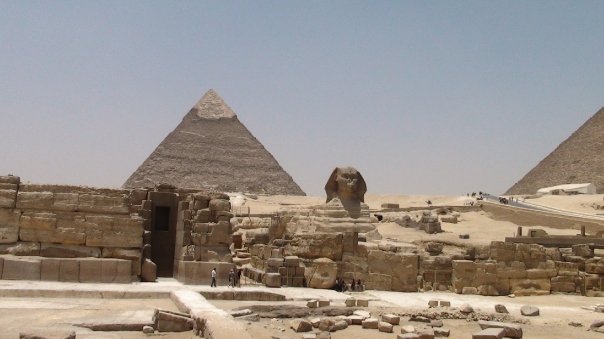
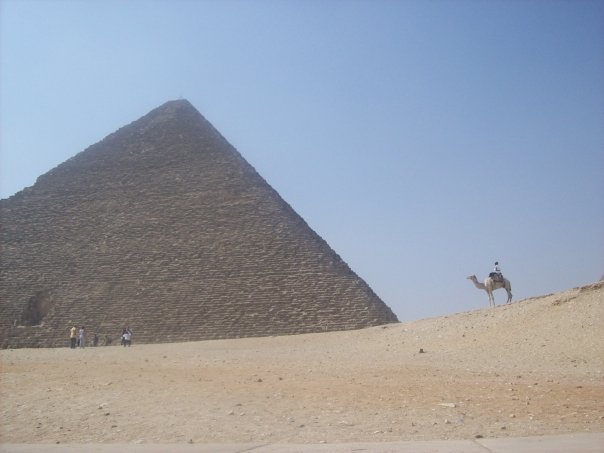


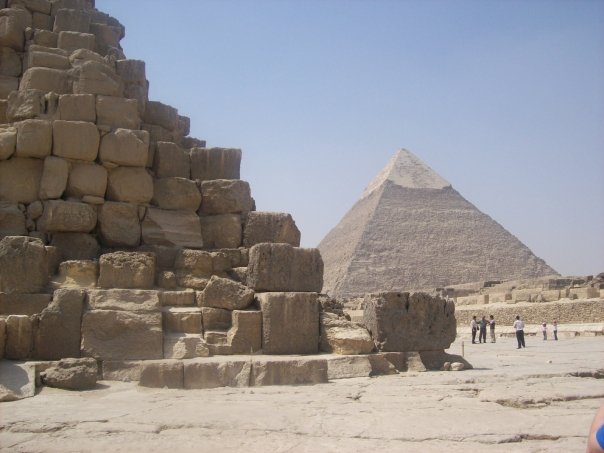

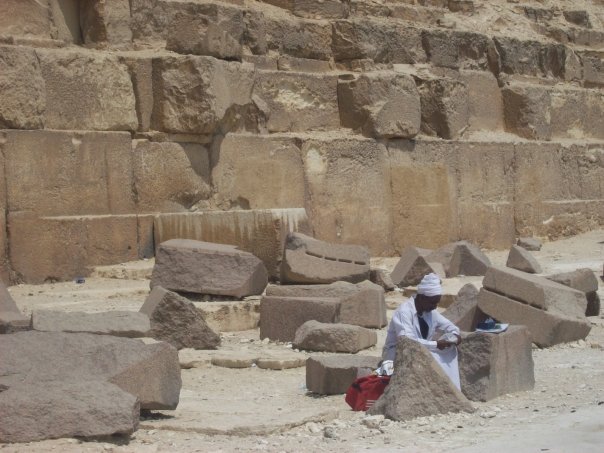
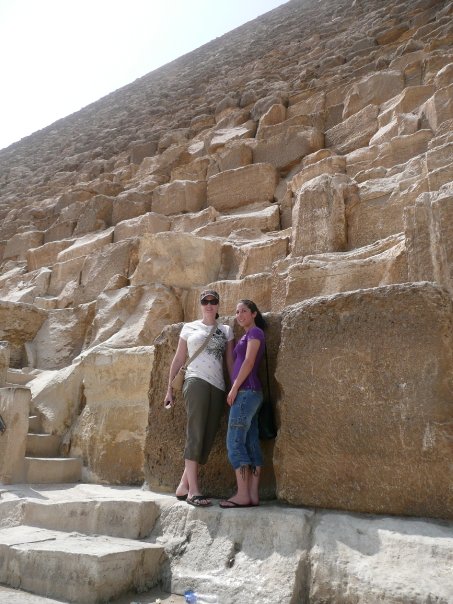
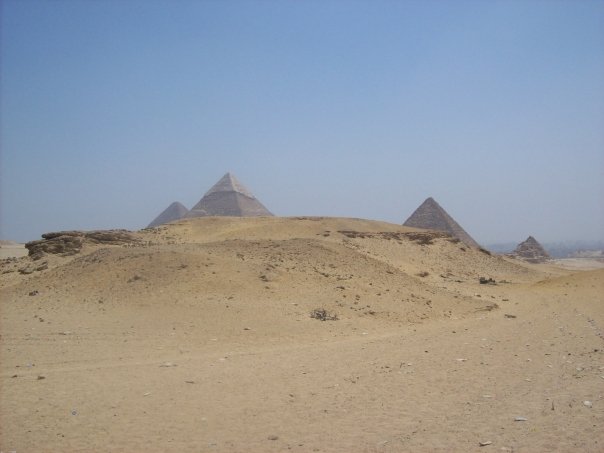
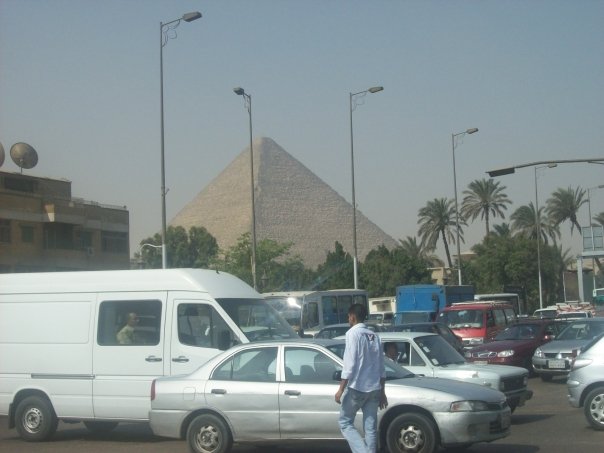


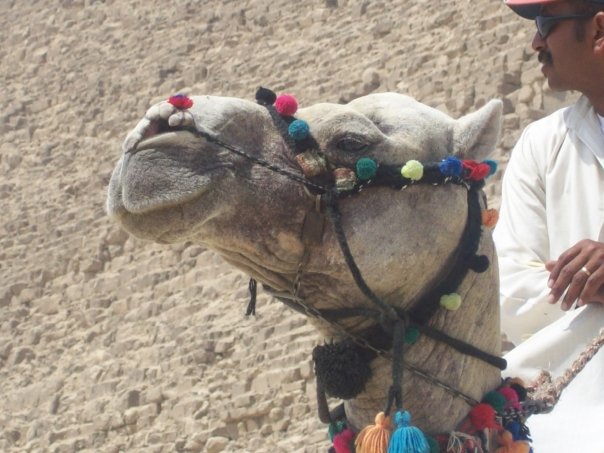
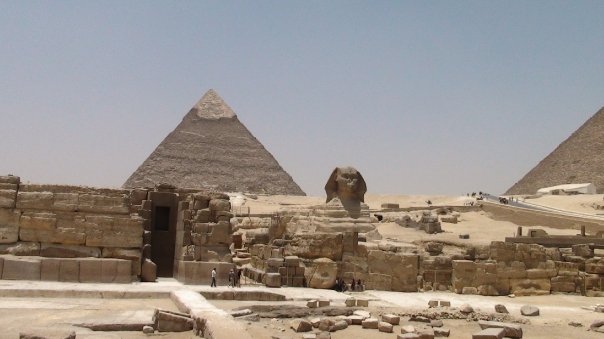
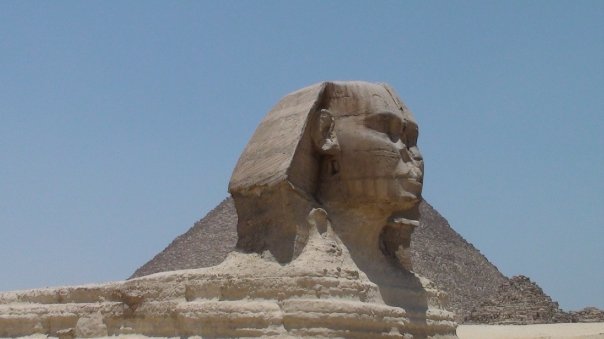
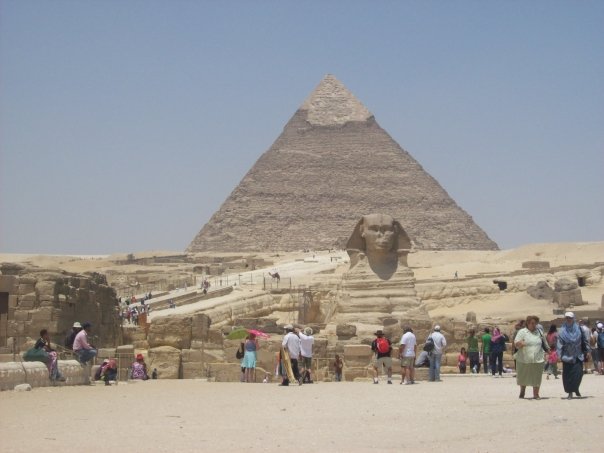
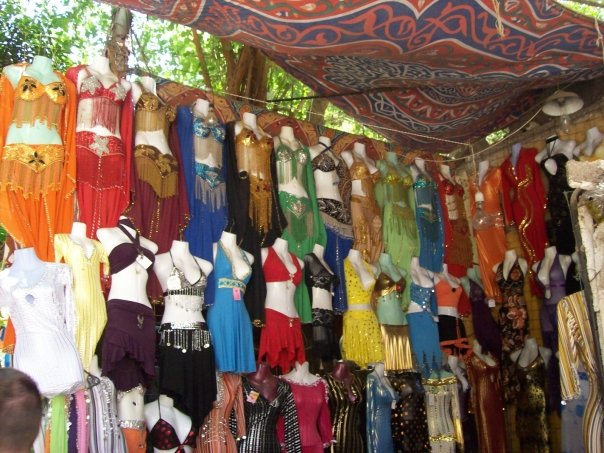
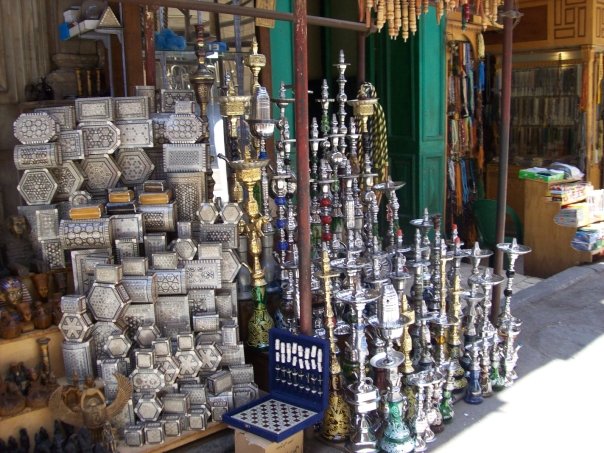
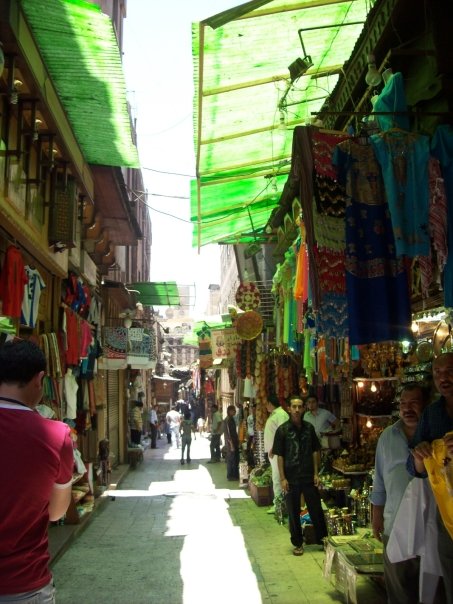
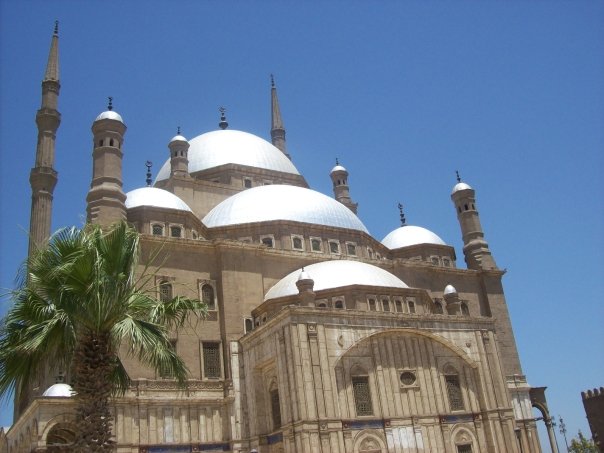
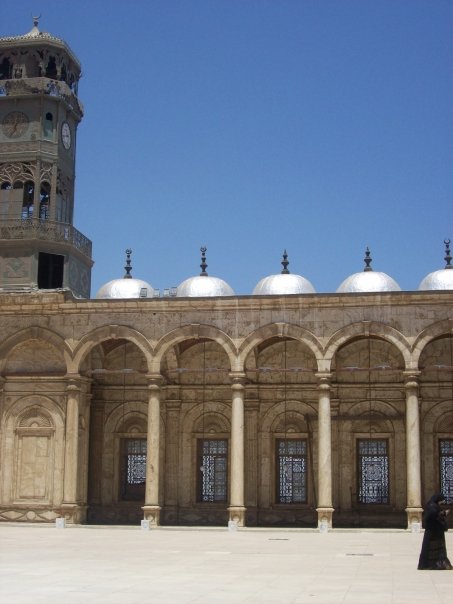




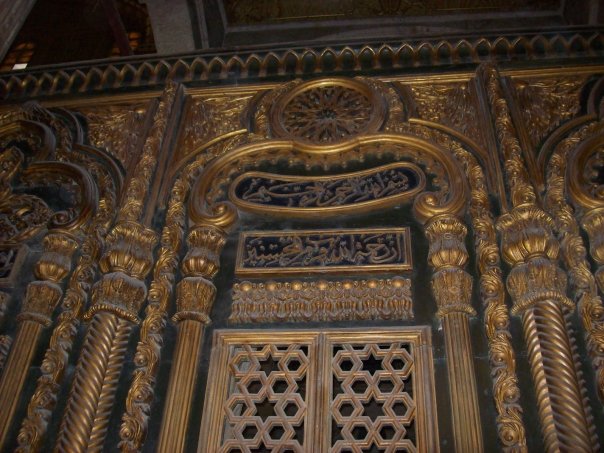
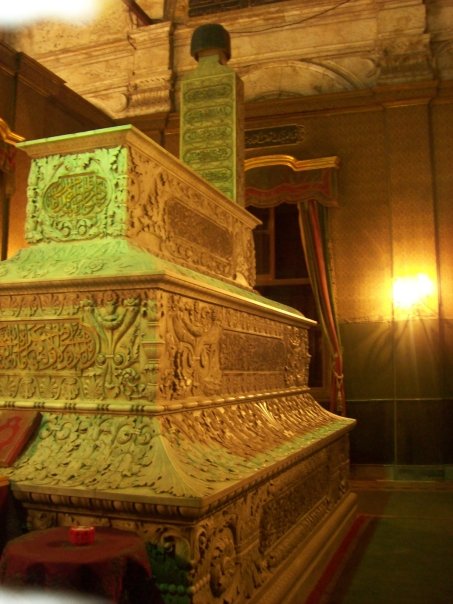
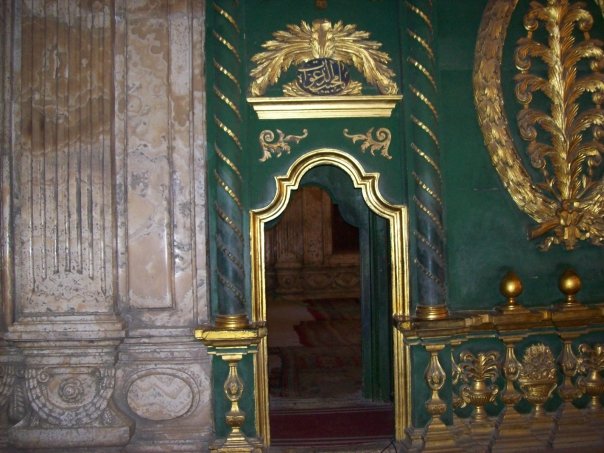
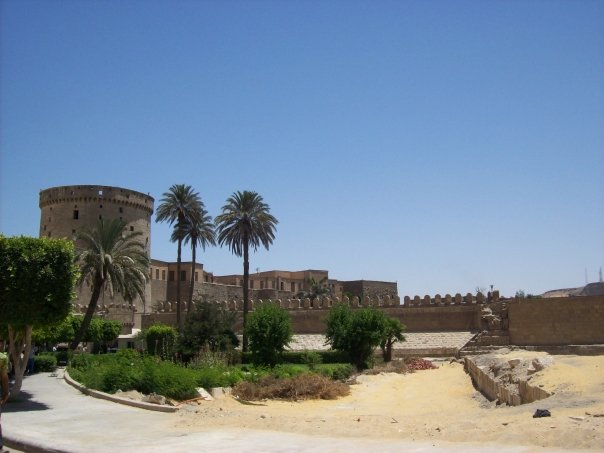
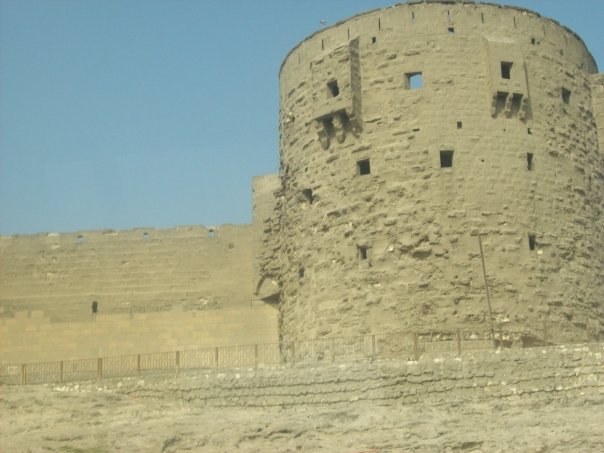
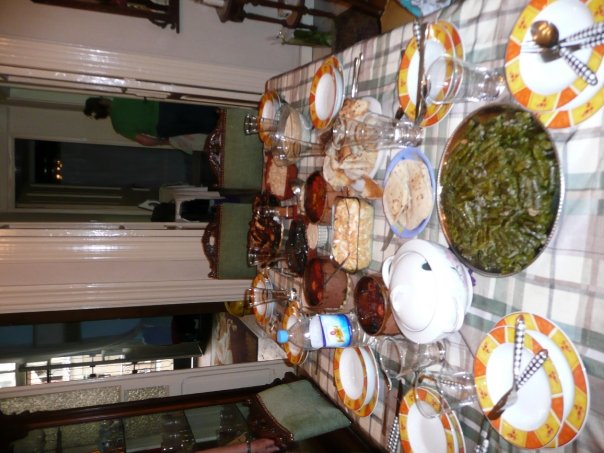
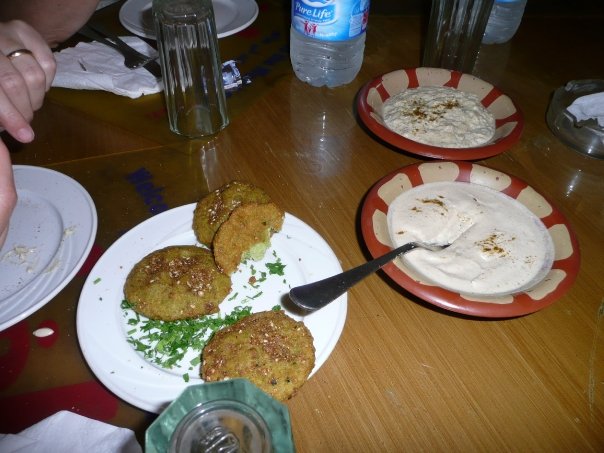



Leave a Reply